I want to share with you a few photos of a violin I worked on recently. It is a Matthew Hardie & Son, made in Edinburgh.
The date has been written over so the exact date on the label is indistinguishable but by 1824 the business was being advertised as Matthew Hardie and Son.
Matthew Hardie died in 1826. Around this time he had assistants George Ferguson and David Stirrat as well as his son working for him. On his death, Ferguson and Stirrat went on to set up their own independent businesses.
Today he is still considered the most famous maker of the Scottish school.
Both the outside and inside of an instrument can help us work out who it was made by. Tool marks left by a maker can help us recognise that maker. This is what I mean when I say the ‘makers signature’ not an inked hand written signature but one left by their hand through tool usage.
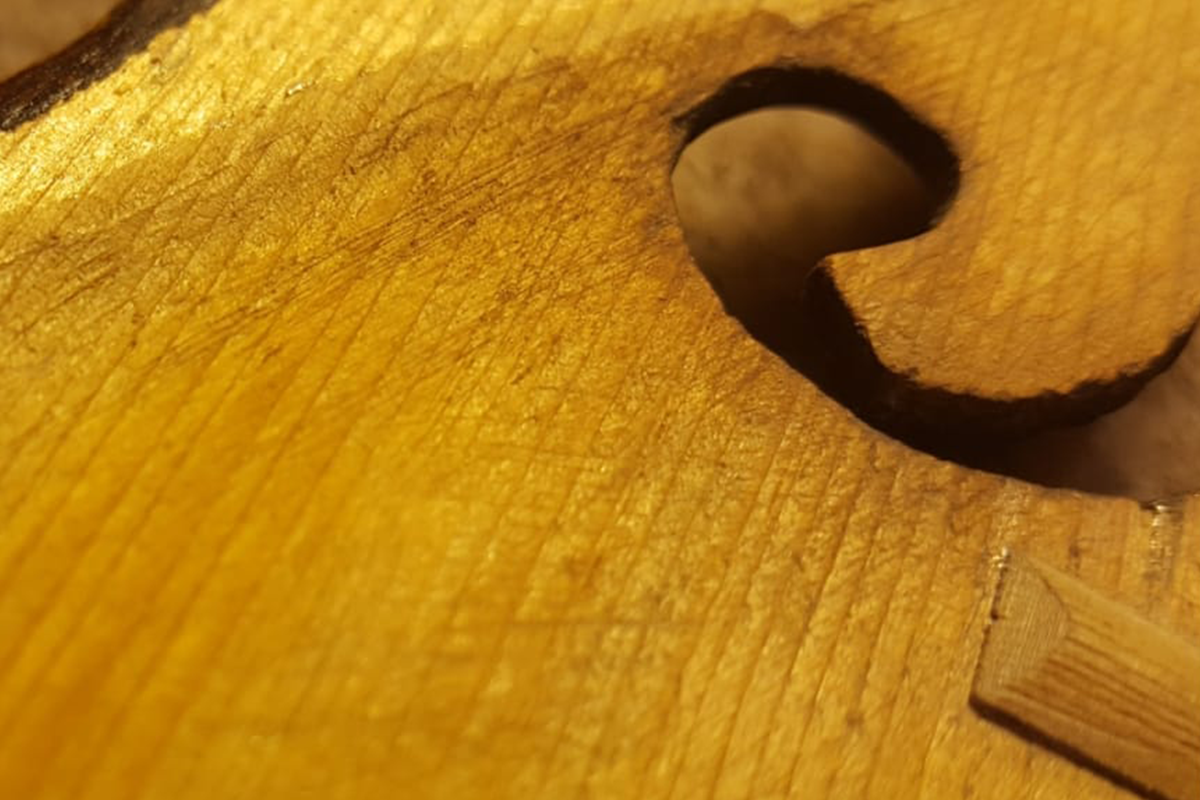
Tool marks clearly seen around the ‘f’ hole where wood has been removed quite crudely.
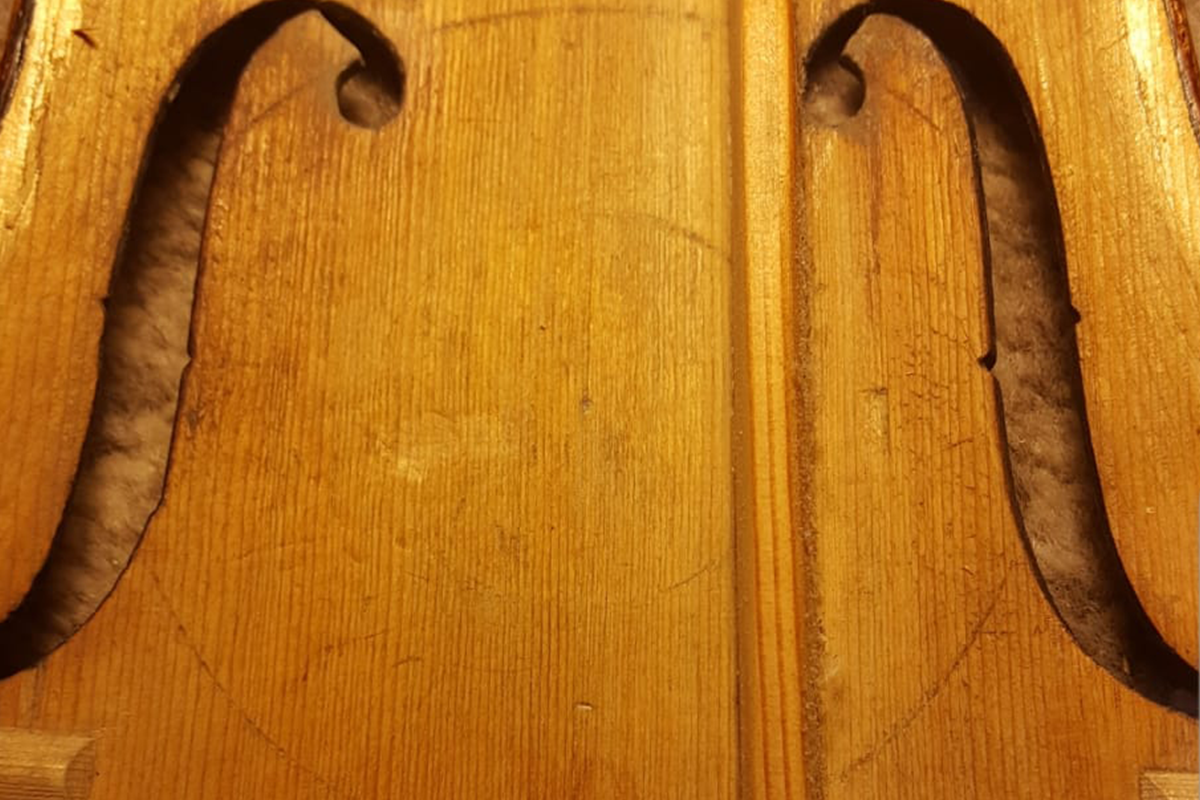
Concentric circles radiate from a centre point marked on by the maker.
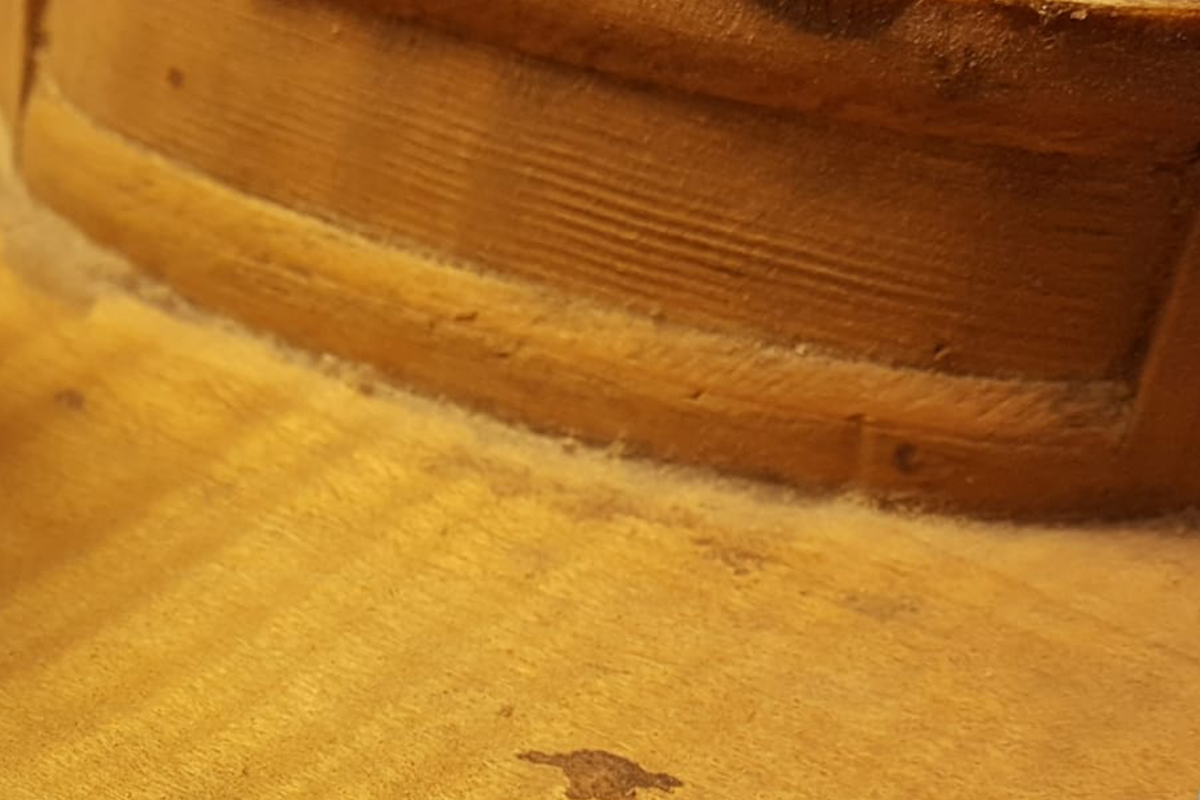
Ribs very clearly show a ‘toothed’ plane blade was used to thin them down (on the inside) before bending. Also evident are knife marks left on the linings where the chamfer has been cut.
On fine old Italian instruments it is possible to determine where the light source came from by the way the makers tools left marks in the head, as it was being carved.
We can also distinguish a very famous English maker, Lockey Hill (1756-1810), by a small channel he made on the inner edge of the upper and lower bouts of the back of his instruments. It was usually filled with a slip of maple and we still don’t really know what its purpose was.
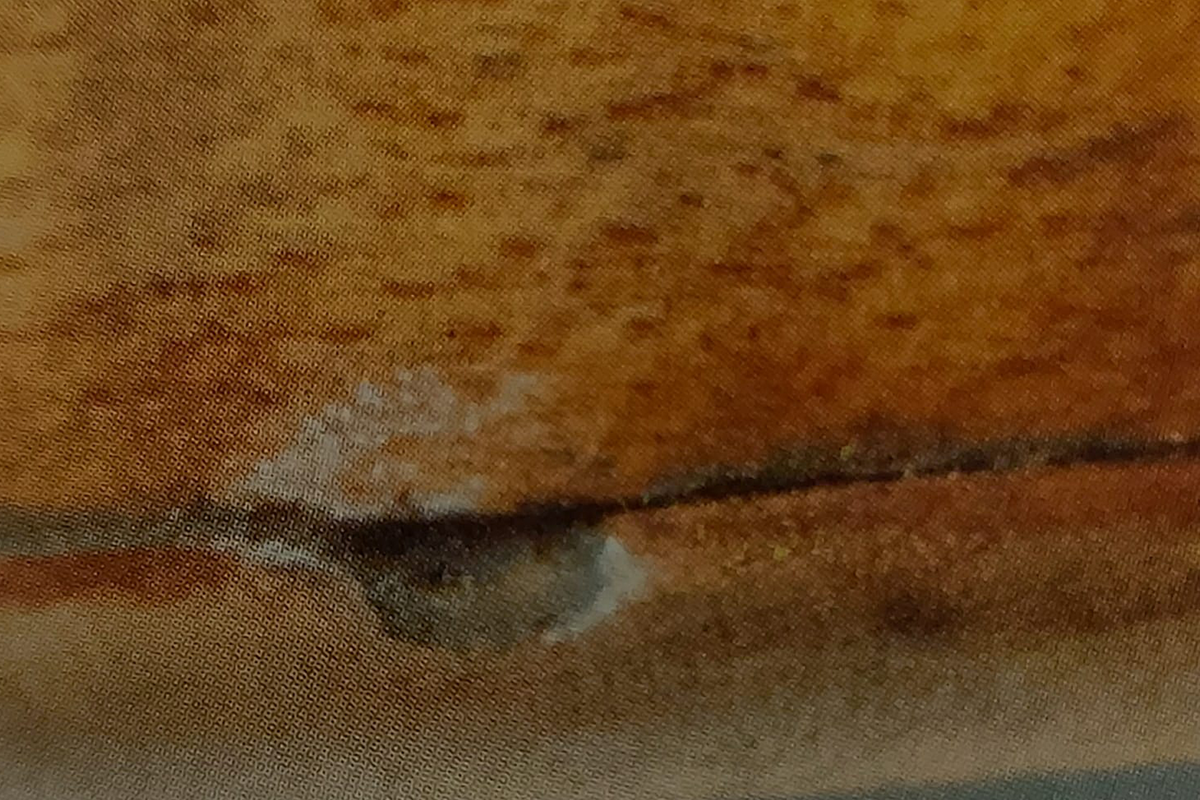
Lockey Hill tooled out channel
Being a detective and looking really closely for clues can be very rewarding. It will help build up a picture of how the instrument was made and by recognising specific characteristics left by the maker, will lead on to ascertaining or clarifying who that maker was. The more information we gather the more likely we are to see correlations, and therefore unfold the mystery!
It’s HOT HOT HOT!!
Ok its time to dig out your dampits or message me to pop one in the post for you!
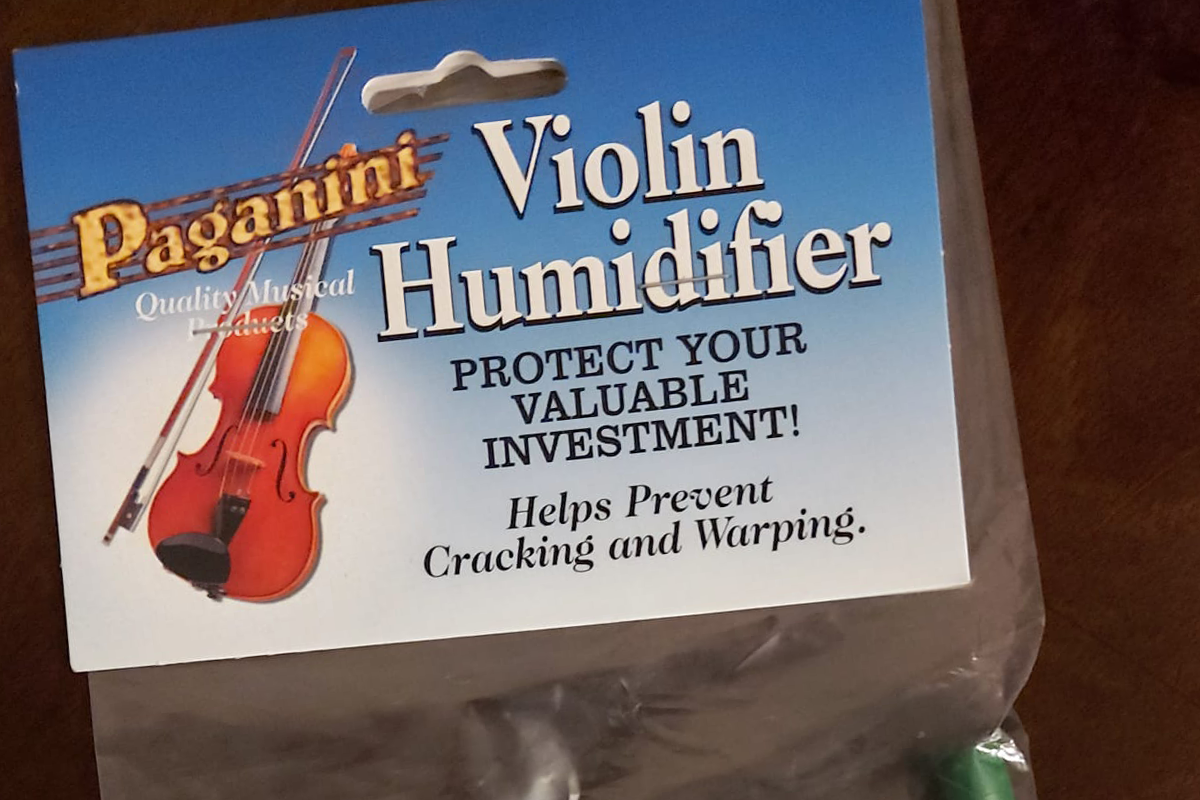
If used correctly the Dampit does a very simple but effective job of allowing moisture to be released inside your instrument when temperatures are soaring.
The wood can become dry, brittle even and that’s when it is more prone to old cracks opening up or even new cracks appearing as the wood expands and contracts. Your beautiful instruments just need a little helping hand.
I always suggest you have the Dampit in when the instrument is resting rather than when you are playing.
The simple rule is never allow it to drip, and never have it sopping wet, as this can run inside the instrument and open up the seams. Worst case scenario is when cellos bottom ribs are damaged by excessive water dripping down inside the instrument.
Just get in touch and I’ll post one out to you. Available for violin/viola or cello.
Inaugural concert in Berwick
Please spread the word in support of this concert on Saturday. These players are trying to keep orchestral music alive in Berwick and deserve to be supported. Good luck and sorry I can’t be there this time. Hope it’s a full house!

NSE Chamber Orchestra debuts in Berwick

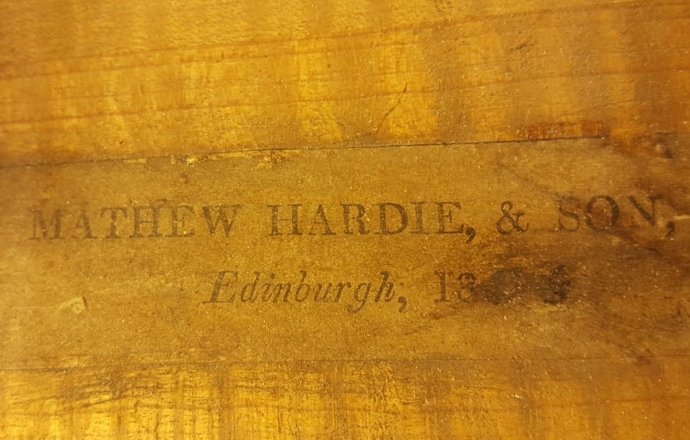
Leave a comment